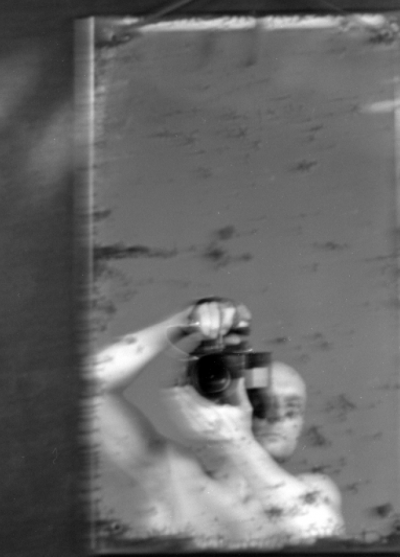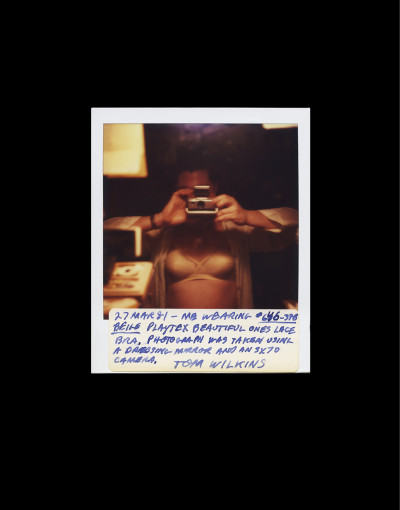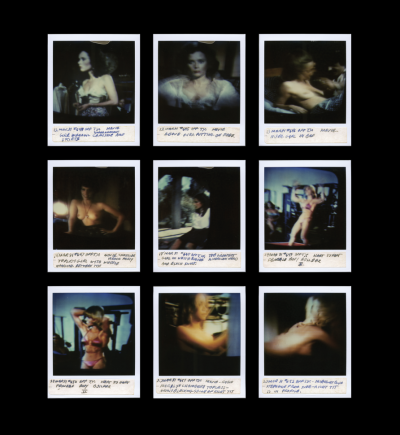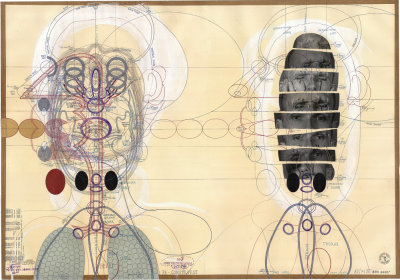Scantily: Nudity In Vernacular Art
The history of the nude runs as far back as art itself. The human nude is the ultimate universal subject — timeless, possessed by all, and yet highly individual and subjective. When it comes to public reception, nudity is divisive at best; from a celebration of the body to the ultimate scandal, no singular person or culture can ever fully agree on just how to display or conceal the bare body. In traditional artistic training, the nude has long been regarded as an essential educational tool, and it’s rare to encounter an academic program that does not insist upon an artist’s understanding of human anatomy.
Scantily presents depictions of the nude or partially nude form, as conceived mostly by vernacular, self-taught artists, both known and anonymous. There is something immediate and honest about the “outsider” artist’s take on such a classical subject — in the art created on the margins of the academy, the human body stands unfiltered by the lens of academia, and is instead the full product of the artist’s experience. In the twentieth and twenty-first centuries, when the vast majority of these works were created, there was a notable shift to materialism, consumerism, and the commercial integration of art into society, a shift which majorly impacted how we view nudity in modern times. A rise of secularism has effectively dissolved much of the negativity surrounding the nude in large swaths of Western society. In fact, the idealized body is a focal point of advertising and aesthetic standards—as seen through our increased focus on bodybuilding, fitness, plastic surgery, and the beauty industry. Mass media, the internet, and digitized art forms have made the nude form more prominent over the past century. Scantily speaks to how an increased range and accessibility of media has maintained nudity as an imperial subject of contemporary art.





